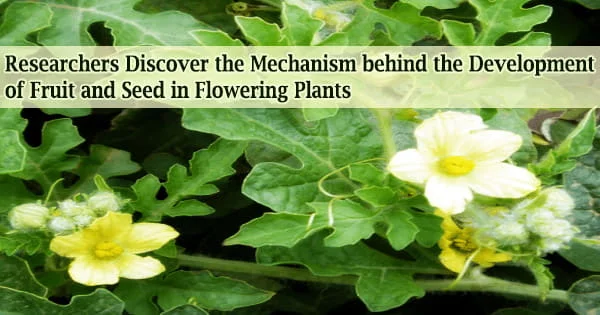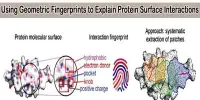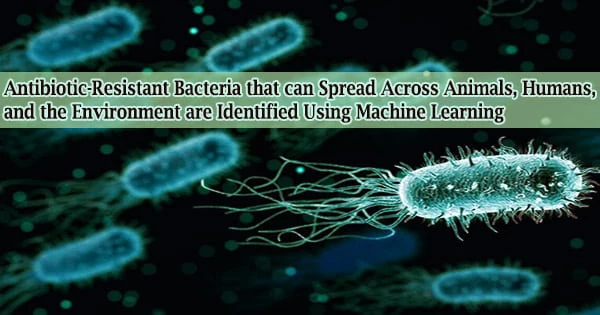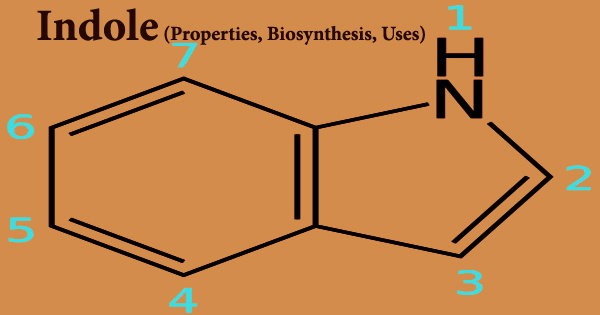The world’s growers have a harder time producing food as a result of rising global temperatures and declining pollinator populations.
This question is addressed in a recent study from the Department of Cell Biology and Molecular Genetics at the University of Maryland, which also sheds light on the precise mechanisms by which blooming plants produce their fruits and seeds.
“Understanding this process is especially important because common food crops such as peanuts, corn, rice, and strawberries are all fruits and seeds derived from flowers,” said Zhongchi Liu, the study’s senior author and a professor of cell biology and molecular genetics at UMD. “Knowing how plants ‘decide’ to turn part of their flowers into fruit and seed is crucial to agriculture and our food supply.”
The research was funded by the National Science Foundation and released on July 9, 2022, in the journal Nature Communications.
Liu and her team conducted the investigation with the goal of figuring out how fertilization or pollination causes a flowering plant to begin the fruit development process. The scientists believed that a system of internal communication was in charge of telling the plant when to start producing fruit, but they were unaware of how fertilization or pollination activated that system.
The scientists used strawberry plants to model pollination and fruit development processes in order to find out. According to Liu, strawberries’ distinctive structure and position of the seed make them particularly well-suited for fertilization modeling.
Extreme heat kills both pollinators and pollen itself, so climate change is a big challenge for us to overcome. Learning more about the AGL62 gene has given us new insight into how to potentially increase the productivity of agricultural crops, particularly the ones that make up our food supply.
Zhongchi Liu
“As an ‘inside-out’ fruit, strawberry seeds are much easier to manipulate and observe than the seeds of other fruits like tomatoes,” Liu explained. “This made it easier for us to view the seeds and extract genetic information from them at multiple stages of plant development.”
AGL62, a gene that is present in every flowering plant, was discovered by Liu and her team to be the gene that causes a plant to produce fruit and seeds.
AGL62, according to Liu, increases the production of auxin, a crucial plant growth hormone. Auxin is produced as soon as the gene is activated, which causes the development of the seedcoat, the endosperm, and the fruit of the plant.
The seed coat is the outer protective shell of the seed. For researchers, the role of auxin in controlling endosperm growth is very important because it affects the size of the grain and the growth of the fruit.
“Auxin levels can limit how big an endosperm can grow and how much nutrition endosperm can accumulate for a plant embryo,” Liu said. “More auxin can boost grain size and stimulate fruit enlargement. When there’s less auxin, endosperms are unable to feed plant embryos properly and we end up with lowered crop productivity smaller or deformed fruits that aren’t commercially viable.”
Lei Guo, the first author, successfully interfered with AGL62 function using the cutting-edge gene-editing method CRISPR. The inability of the strawberry plants to produce fruit and seed illustrates the crucial function of AGL62 in this process.
In nature, pollination causes the AGL62 gene to start producing auxin, which is essential for the best possible development of the fruit and seed.
However, Liu and her team have created the groundwork for agriculturalists to switch on AGL62 using biotechnology, avoiding pollination completely, or, in other words, make ‘virgin’ fruits, by establishing this link between gene and hormone.
These results, in Liu’s opinion, are particularly significant at this time when global warming is affecting food production all across the world.
“Extreme heat kills both pollinators and pollen itself, so climate change is a big challenge for us to overcome,” Liu said. “Learning more about the AGL62 gene has given us new insight into how to potentially increase the productivity of agricultural crops, particularly the ones that make up our food supply.”
The study’s additional authors are UMD Department of Cell Biology and Molecular Genetics postdoctoral associates Lei Guo and Xi Luo, biological sciences Ph.D. students Muzi Li and Dirk Joldersma, and Madison Plunkert (B.S. ’21, biological sciences).
















